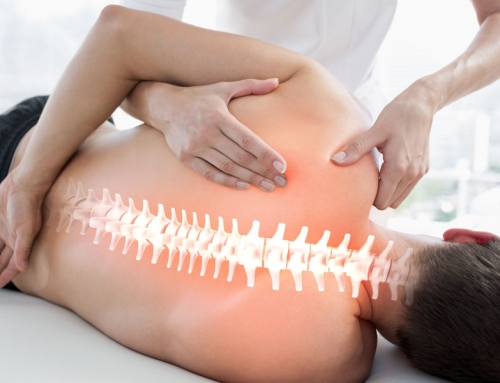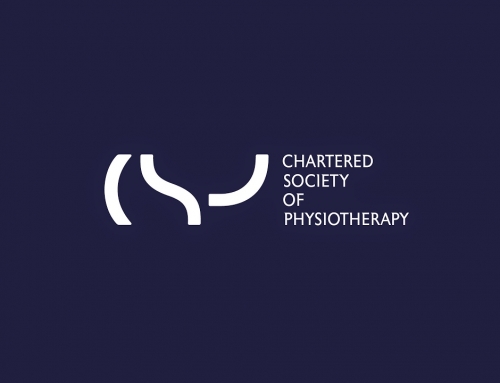Skip to content
5 Reasons Why Physical Therapy is Beneficial
- Reduce or eliminate pain. Therapeutic exercises and manual therapy techniques such as joint and soft tissue mobilization or treatments such as ultrasound, taping or electrical stimulation can help relieve pain and restore muscle and joint function to reduce pain. Such therapies can also prevent pain from returning.
- Avoid surgery. If physical therapy helps you eliminate pain or heal from an injury, surgery may not be needed. And even if surgery is required, you may benefit from pre-surgery physical therapy. If you are going into a surgery stronger and in better shape, you will recover faster afterwards in many cases. Also, by avoiding surgery, health care costs are reduced.
- Improve mobility. If you’re having trouble standing, walking or moving—no matter your age—physical therapy can help. Stretching and strengthening exercises help restore your ability to move. Physical therapists can properly fit individuals with a cane, crutches or any other assistive device, or assess for orthotic prescription. By customizing an individual care plan, whatever activity that is important to an individual’s life can be practiced and adapted to ensure maximal performance and safety.
- Recover from a stroke. It’s common to lose some degree of function and movement after stroke. Physical therapy helps strengthen weakened parts of the body and improve gait and balance. Physical therapists can also improve stroke patients’ ability to transfer and move around in bed so that they can be more independent around the home, and reduce their burden of care for toileting, bathing, dressing and other activities of daily living.
- Recover from or prevent a sports injury. Physical therapists understand how different sports can increase your risk for specific types of injuries (such as stress fractures for distance runners). They can design appropriate recovery or prevention exercise programs for you to ensure a safe return to your sport.
DootsonDesigns2017-05-23T11:46:25+01:00
Share This Post, Choose Your Platform!
Page load link





